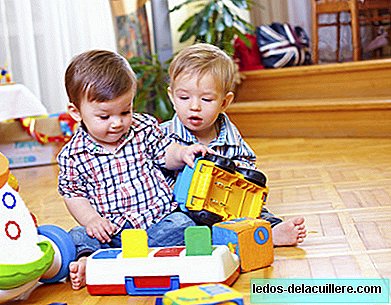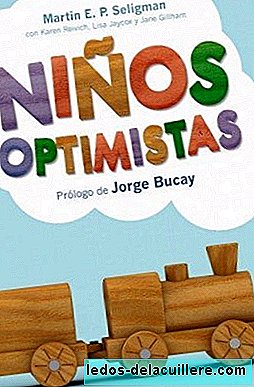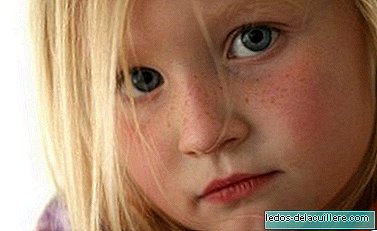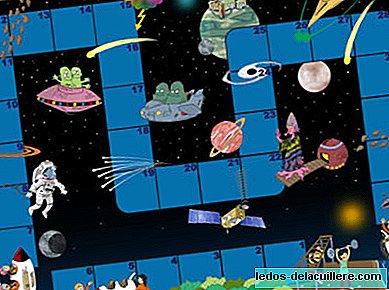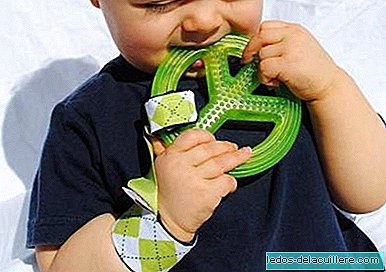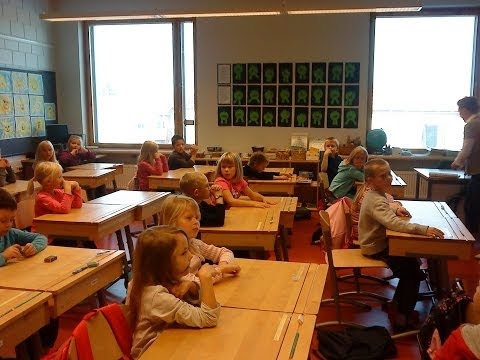Days after seeing and showing you the Punset documentary a week ago, in which we said that the educational system is anachronistic, it happens to me by chance, I guess to do a little more damage to the sore, about videos that show what the Finnish education system looks like.
You know, because I have talked about him on more than one occasion, that I am fascinated by the functioning of education in that country and that since I read a couple of years ago the article by Javier Melgarejo, the result of 13 years of thesis in which Compare the Finnish model with ours, my vision of both the regulated education and the education that parents offer their children on a daily basis was enriched in many aspects.
I recommend that you watch the three videos that make up this documentary and then I offer some of the points that I think most differentiate the Finnish education system and ours, or what is the same, what should we look to improve a little ours , especially if we take into account that here 30% of the students do not finish their studies (there 1%).
The most interesting points of the Finnish educational model
- There is no hurry to start reading, since most begin to do so at age seven or eight, when it is they who want to learn. In two years, with nine, they read better than Spanish children of the same age.
- This happens surely because parents read much more than us and watch less television. Children learn from what they see at home.
- It is taken for granted that the education of children should not only come from official centers, but that the family and society itself is equally important.
- In primary school, while the children learn the alphabet singing the teacher accompanies them with some musical instrument (they give a lot of value to the music).
- Libraries are freely accessible, without the need to make cards, and they have 4 times more books than us.
- 55% of parents believe that the family is more responsible than the school for the education of their children. In Spain, only 15% think so
- The films are not translated, so children must listen to the original languages, read the subtitles (as a result they read more and end up doing it faster) and thus reinforce what they have learned in school.
- The student-teacher ratios are lower than ours.
- They get to have two teachers per classroom, even in elementary school.
- Teachers and teachers are chosen meticulously based on their educational capacity and their degree of social sensitivity.
- In addition, their average grades (those of future teachers) in high school and selectivity must exceed 9.
- The best teachers go to younger children (those of primary).
- The teacher is considered a "mold", if the mold is excellent the copies will be better than if it is mediocre.
- The greatest expenditure on education is made in primary school, not in secondary or tertiary education, as it happens here, since they consider that the first years are in which children develop their main skills.
And this list could be extended a lot, surely, and more if we start talking about social policies, respect for children, etc.
I think that the ideal, because an image (or a video) is worth a thousand words, is that you watch the first video and the two that come next:
But in Finland many teenagers commit suicide
When I talk about how incredible the Finnish education system seems to me, many people stop me at once arguing that "yes, it will be very beautiful, but many teenagers commit suicide ... it will not be so good".
The truth is that suicides increased in Finland in the 60s to 90s, when there was a great economic boom that caused families to move to large cities, greatly increasing the pace of life and consequently stress.
"But here we are stressed too," some will say. Of course but the weather we have here has nothing to do with the weather there, where winters are long and dark and summers are too bright. This, which is not a cause by itself, can be perfectly a mitigating one (not the only one, of course).
There are many studies that are being carried out to try to find the causality of suicides in Finland and it seems that there is a relationship between seasonality (season of the year) and the number of suicides (you can read about it here). In addition, it must be said that in Spain we also have problems in this regard, since we are the third country in Europe with more teenage suicides.
In any case, I am aware that it is impossible to import here the educational system that exists there, for a very simple reason: Spanish culture is very different from Finnish. However, I do believe that different brushstrokes can be taken and, only with that, the attention to children and their motivation would be improved (I have no doubt about it).


